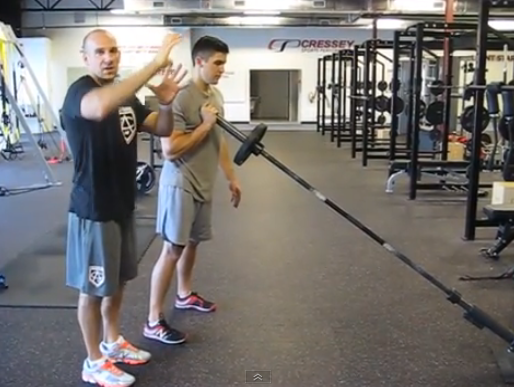
How to Balance Pressing in Your Strength Training Program
Here’s a quick video I filmed this afternoon that discusses how different pressing exercises have different impacts on how your shoulders function. This definitely has implications not only in terms of your exercise selection, but also how you perform those exercises.
To learn more about how I assess, program, and coach with respect to the shoulder girdle, be sure to check out my detailed resource, Sturdy Shoulder Solutions.



